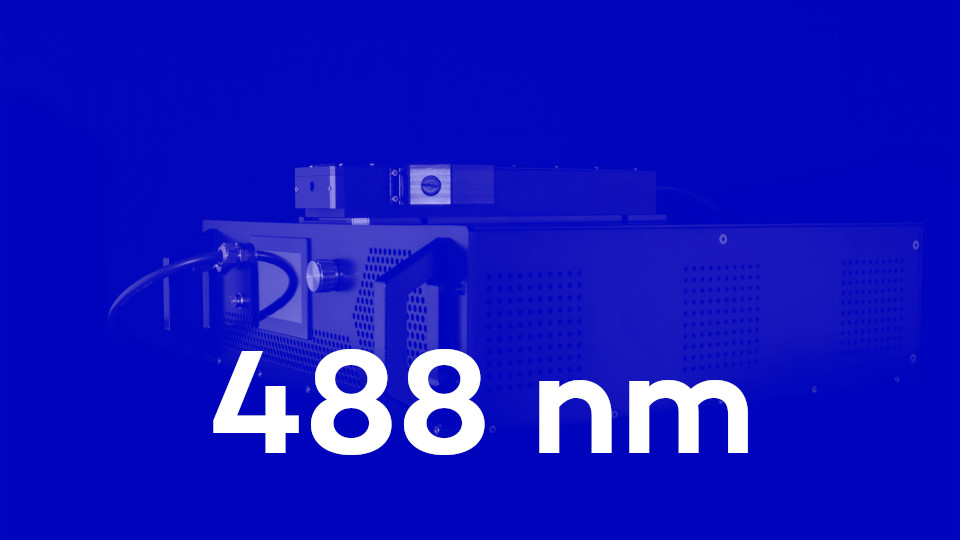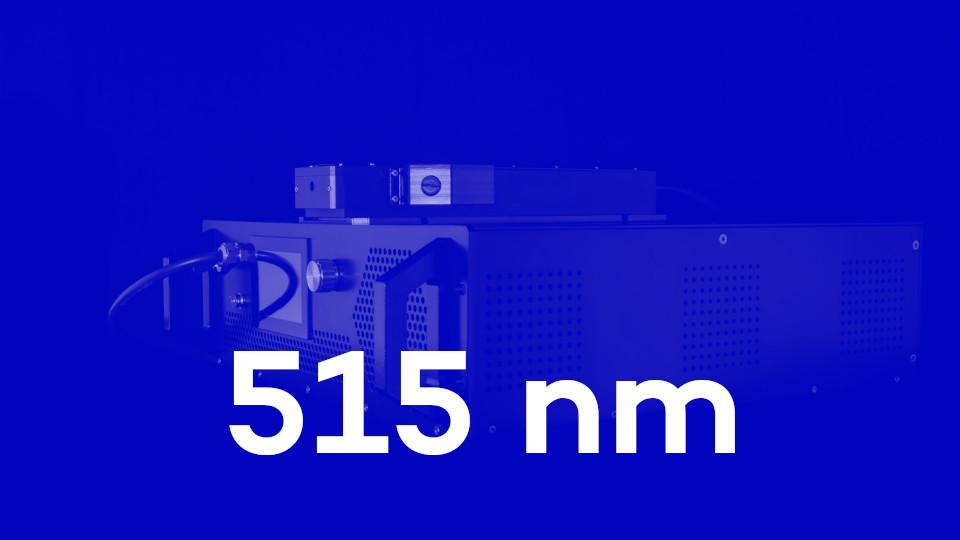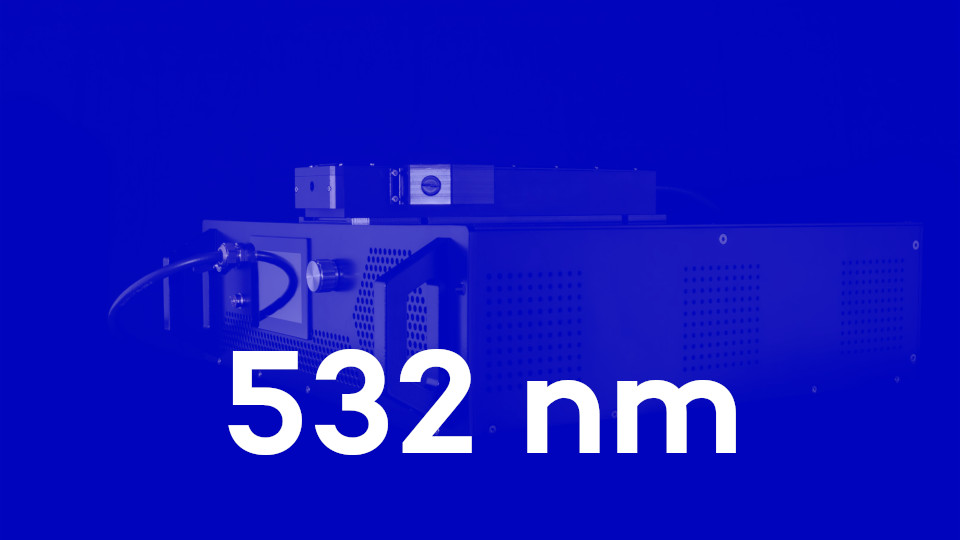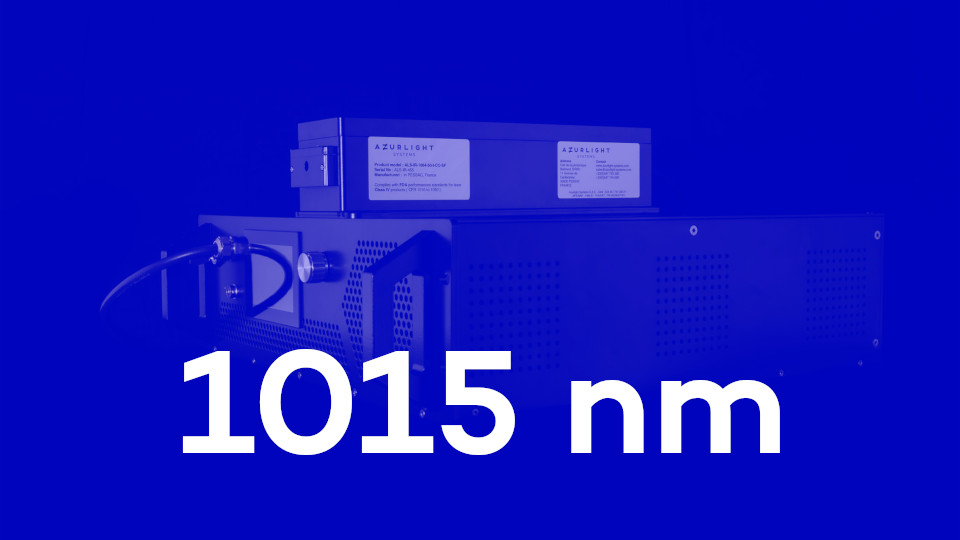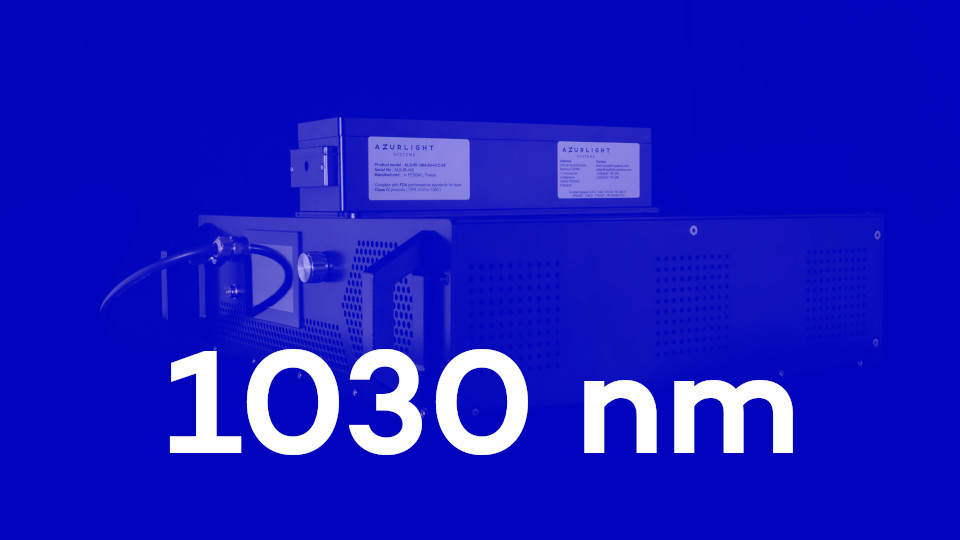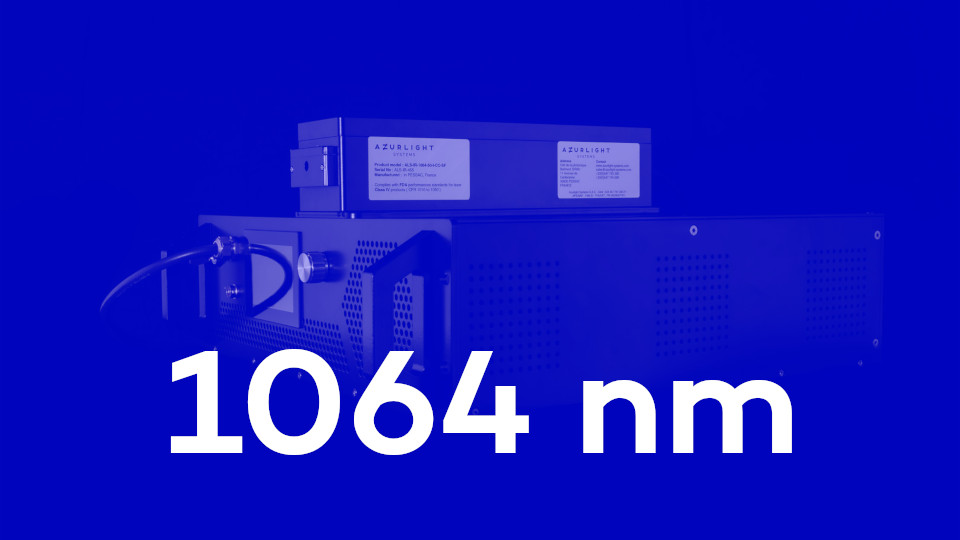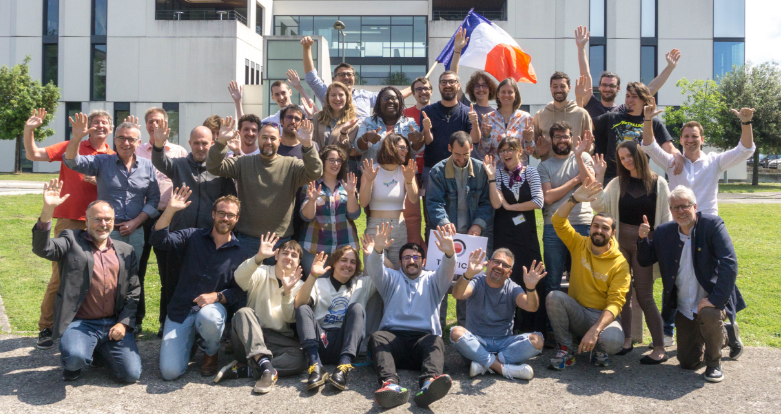For Atomic & Molecular Physics
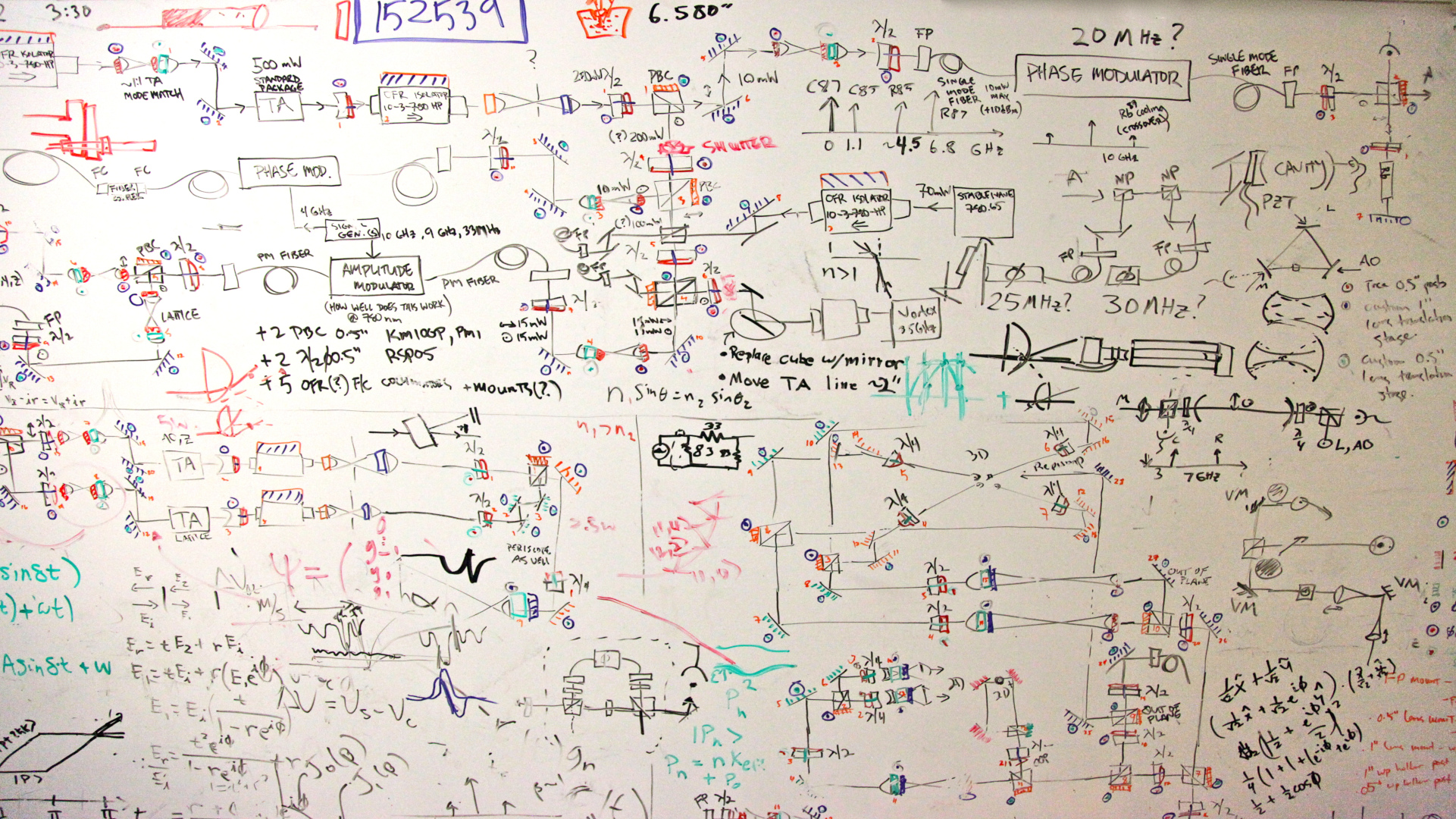
Atom cooling and trapping
The objective of cooling atoms or molecules close to absolute zero (-273 ° C) is to reduce the stirring speed of the particles by interaction with laser beams. Indeed, take the example of a gas: the thermal stirring speed, at room temperature is in the order of a few hundred m/s. With today’s technology it is possible to reduce this to a few cm/s. The best known method is Doppler cooling. The principle: An atom moves towards a laser beam. If the frequency of the laser is chosen so that the atom can absorb the radiation, then this atom will move in the direction of propagation of the laser beam.
Now, if two laser beams face to face are placed, the atom will be trained in the direction of one of the beams and then the other and will be slowed down, and therefore cooled in the center. This technique can also be generalized to three dimensions, with two other pairs of lasers covering the other two axes. It is also possible to make a magneto-optical trap by adding two coils crossed by reverse currents.
Why choose
Azurlight Lasers ?
Low noise level
To achieve atomic cooling and trapping, the laser must have low intensity noise. Azurlight systems have an ultra-low noise level, which allows for better measurements.
All-fiber lasers
Azurlight Systems offers all-fibered systems with a coolerless laser head that guarantee excellent pointing stability and spatial mode.
High power stability
Azurlight Systems offers the best power stability in the market: < ± 0.3% in the short term and < ± 0.5% in the long term.
Single Frequency
For the atoms cooling, users need to match the wavelength to the ray of the target atom. Thus it is necessary to be able to control the central wavelength and to have a very thin linewidth, characteristic of the laser’s single frequency. Azurlight Systems enjoys one of the best frequency stability on the market: < 50 MHz over 8 hours.
MOPA architecture
Thanks to the proposed MOPA configuration, it is possible to choose a particular wavelength (exotic wavelengths) or an external seeder tunable to coincide with the ray of the atom.
Recommended lasers & amplifiers
Ask us
You would like to order, request further information or need a specific spec ?

Pierre Laygue
Sales & Marketing director

Nicholas Traynor
Founder, CEO, CSO

